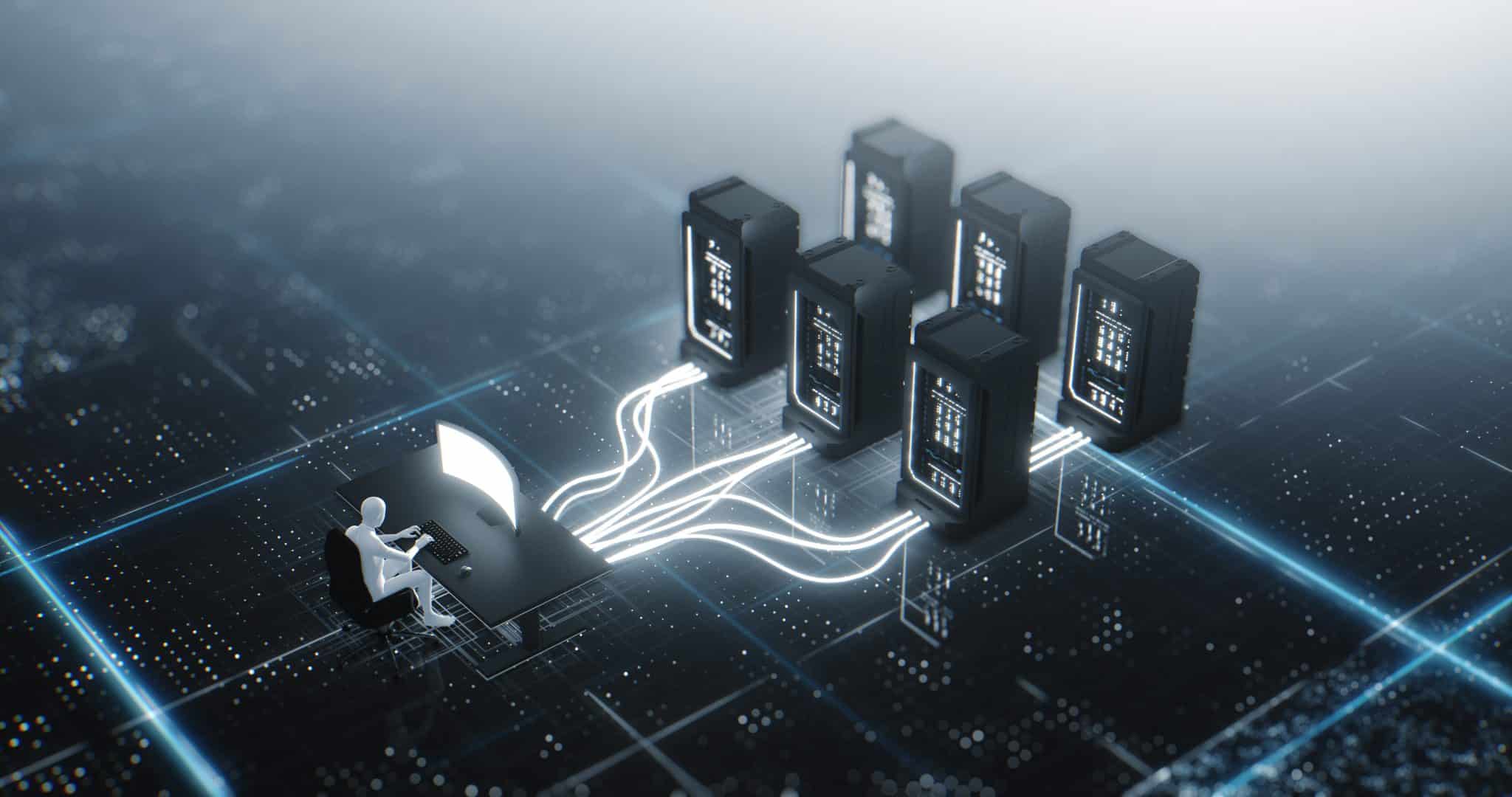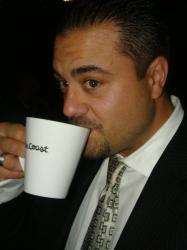Setting Up A Server Room
Data is held on a pedestal and considered the most valuable asset of a business. It can be of any type. If the data is enormous, it is stored in a dedicated place called a Data Center. It may be in-house or outsourced to any company. A server room is a part of a data center.
What is a Server Room
A server program provides the service of using centralized resources to another computer or its user. A machine that runs this program is known as a ‘server.’ A server room is a place to store, operate and power these servers. A server room requires a large quantity of network cabling and data cabling for uninterrupted network connectivity and data flow.
Server rooms are used to operate enterprise-level applications that require enormous computing resources.
What Does a Server Room Include
Apart from computer servers, a server room has server racks to place the physical equipment. The routers and switches provide continuous network connectivity. Generally, CAT-5 network cabling is used in the server room.
Since there are a lot of cables in the server room, they should be professionally managed using zip ties and other cable management equipment. There should be enough space in a server room for all the equipment. A server room should have a proper air-conditioning and humidity control system to ensure the equipment remains dry and doesn’t overheat.
There should be adequate ventilation. It should have security procedures like an access control system to stop unauthorized access. A server room should also have continuous monitoring to detect abnormal activities. It is essential that there is an uninterrupted power supply with a suitable power source and adequate power backup systems to keep all the equipment in the server room running 24/7.
How to Maintain a Server Room
A server room houses an enormous amount of equipment. It requires regular maintenance to ensure the proper functioning of all the equipment. The IT department should conduct periodic inspections to detect any discrepancies in the functioning of the server room. The inspection can be a corrective inspection to identify and rectify any system fault to ensure smooth functioning. The inspection schedule can vary weekly to annual, depending on the equipment.
For example, there can be a weekly general inspection of all equipment, a biannual inspection of fire and electrical equipment, and an annual review of security procedures. The equipment in the server room is prone to dust. It requires regular professional cleaning to ensure a clean environment. If regular maintenance is not done, it can disrupt the optimal functioning of systems and cause frequent downtime or data loss. Any interruption in workflow could potentially cause a considerable cost to the organization.
Setting up a server room is a complex process requiring coordination between different systems. Servers form the most important part of the server room. The best way to make a connection between so many servers is by hiring an expert in cabling service. It is essential to choose a professional cable installation company wisely. These professionals can use their knowledge to advise customized solutions according to the client’s network cabling and data cabling requirements.




